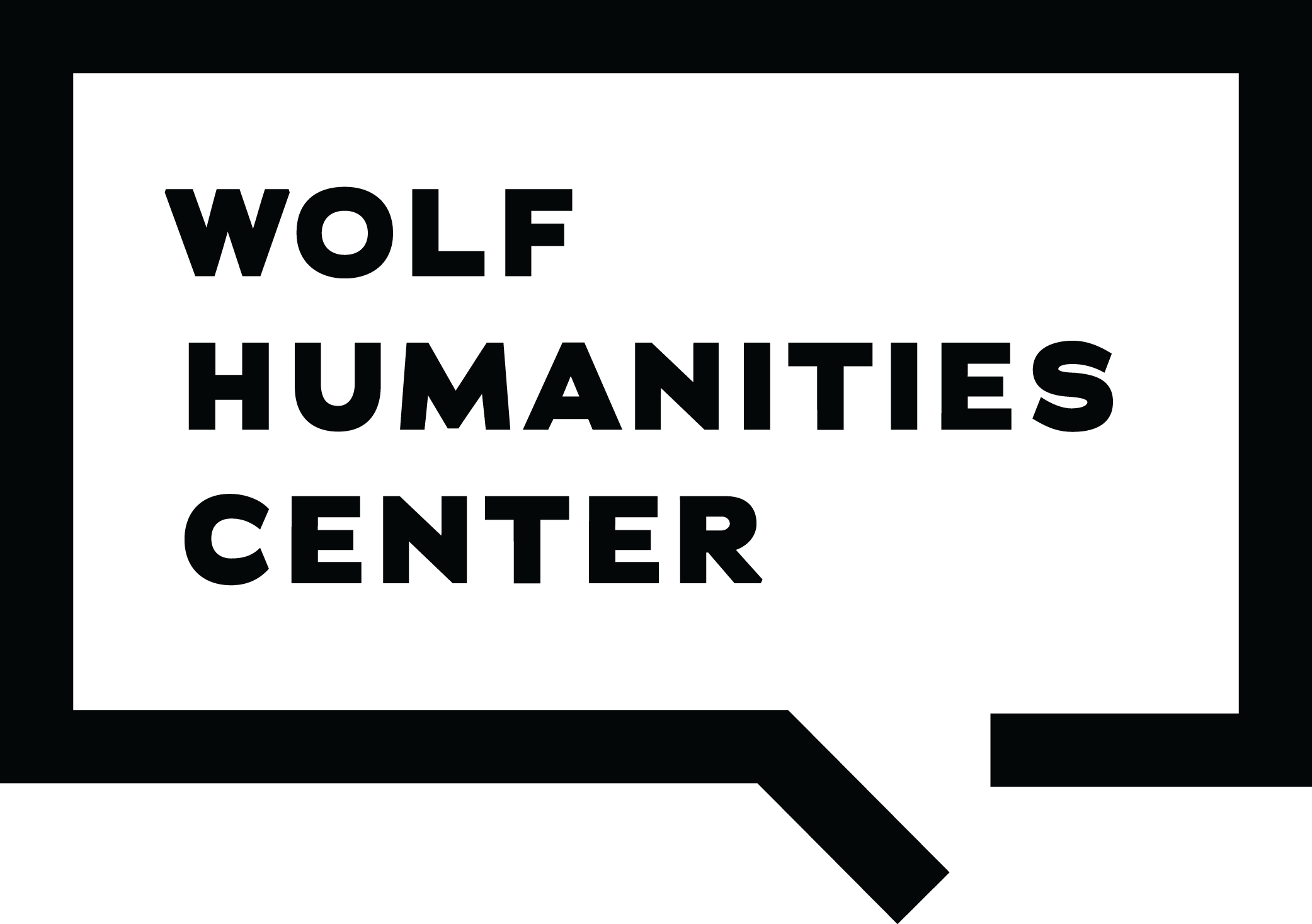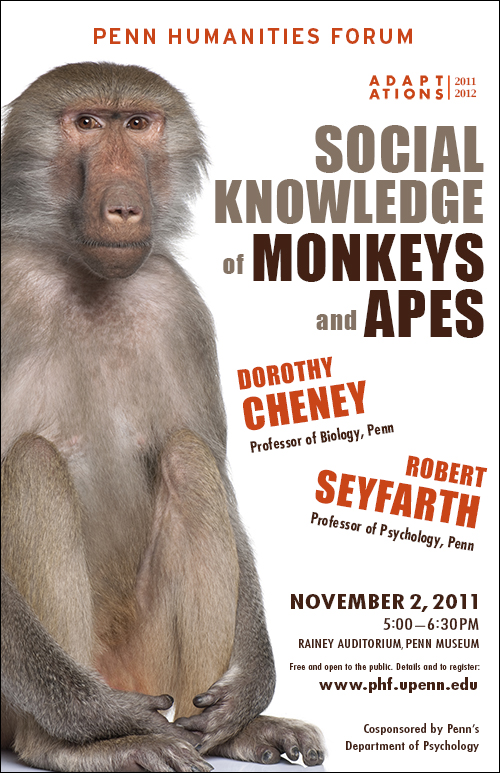Adaptation is the process by which individuals, during their lifespan or over generations, become better suited to their environment. For our primate ancestors, a major feature of the environment has been other primates; the demands of social life have shaped the primate mind. Drawing on their decades of pathbreaking research, primatologists Dorothy Cheney and Robert Seyfarth consider what monkeys know—and don't know—about each other, and how this social knowledge has guided their individual and collective behavior.
Penn primatologists Dorothy Cheney and Robert Seyfarth have spent years studying a group of baboons in Botswana—their behavior, vocalizations, even their feces—to better understand the complex social structure of these remarkable animals. Together they have published their findings in How Monkeys See The World: Inside The Mind Of Another Species and Baboon Metaphysics: The Evolution of a Social Mind. Tantalizingly close to humans in their complex social life yet so different in their language and mental capacities, baboons offer a window into understanding how thinking has evolved—and why it is, as Cheney and Seyfarth have concluded, that natural selection often creates brains that are highly specialized.
Dorothy Cheney's research on the communication and social behavior of non-human primates includes vervet monkeys in Amboseli National Park in Kenya, mountain gorillas in Rwanda, and free-ranging baboons in the Okavango Delta, Botswana. Dr. Cheney's early work on vervet monkeys focused in part on the semantic content of alarm, inter-group, and within-group calls. Through the use of playback experiments, she and her colleagues explored how monkeys perceive and classify their vocalizations. Other research with vervet monkeys explored kin recognition, reciprocity, and knowledge of other species' behavior. She has continued to focus on many of these issues in her ongoing work with baboons.
Robert Seyfarth's research focuses on the social behavior, vocal communication, and cognition of nonhuman primates in their natural habitat. Methods include observational sampling and playback experiments in which the calls of known individuals are played to subjects from a concealed loudspeaker and the subjects' behavior is filmed. His goals are to clarify the differences between nonhuman primate communication and human language, and to explore the cognitive mechanisms that may underlie nonhuman primate social relationships. Dr. Seyfarth and his colleagues are currently studying baboons in the Okavango Delta, Botswana; red colobus and diana monkeys in the Tai Forest, Ivory Coast; spider monkeys in Mexico; and cebus monkeys in Costa Rica.



